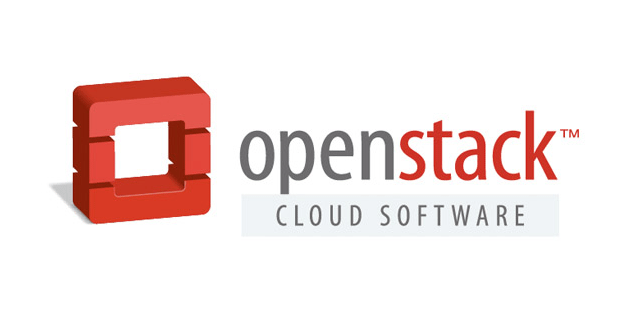Openstack’s newest platform focuses on usability, flexibility and scalability
The Openstack Foundation unveiled the 16th version of its software platform called Pike yesterday. Although Pike isn’t exactly loaded with new features, it does bring flexibility and scalability to OpenStack, a platform known for being difficult to deploy and update.
OpenStack is an open source platform that provides tools for managing public and private clouds. Pike builds upon its predecessor, Ocota, released in February, which was also centered on improving usability. While a recent user survey suggested the platform was on the rise, it also reported mixed results concerning user satisfaction. Consequently, Openstack’s recent updates have been focused more on making the platform easier to use.
One way Pike is more scalable is it nows supports Nove Cells v2, a compute architecture capable of scaling thousands of computer nodes within a single area. Nove Cells v2 allows deployments to be shared, making it easier to scale up the database. In addition, OpenStack’s Block Storage Cinder has been upgraded with a new “revert to snapshot” feature that can salvage data accidentally lost following an incident like data corruption. Furthermore, Cinder can now extend storage volumes without initially turning off virtual machines, enabling applications to continue to run online.
“The features and upgrades that Pike brings are the lessons of experience you get from enabling thousands of public and private clouds, large and small, for seven-plus years,” said Jonathan Bryce, the foundation’s executive director. “The rise of composable services and simpler consumption options are part of that maturation process. Our community is now focused on eliminating future technical debt as well as growing OpenStack’s capabilities to support ever-expanding use cases.”
Pike is opening up new use cases within the realms of edge computing and network functions virtualization too. The platform is much more composable now since its can incorporate bare metal or block storage provisioning. This composability enables Openstack to better support use cases like edge computing and machine learning. No previous Openstack platform had this capability.
Additional features encompass updates to lifecycle management tools, including container management and deployment tools that support OpenStack clouds. In addition, globally distributed erasure codes have been added to switch object storage, meaning if one network goes offline, individual regions are still able to function.

